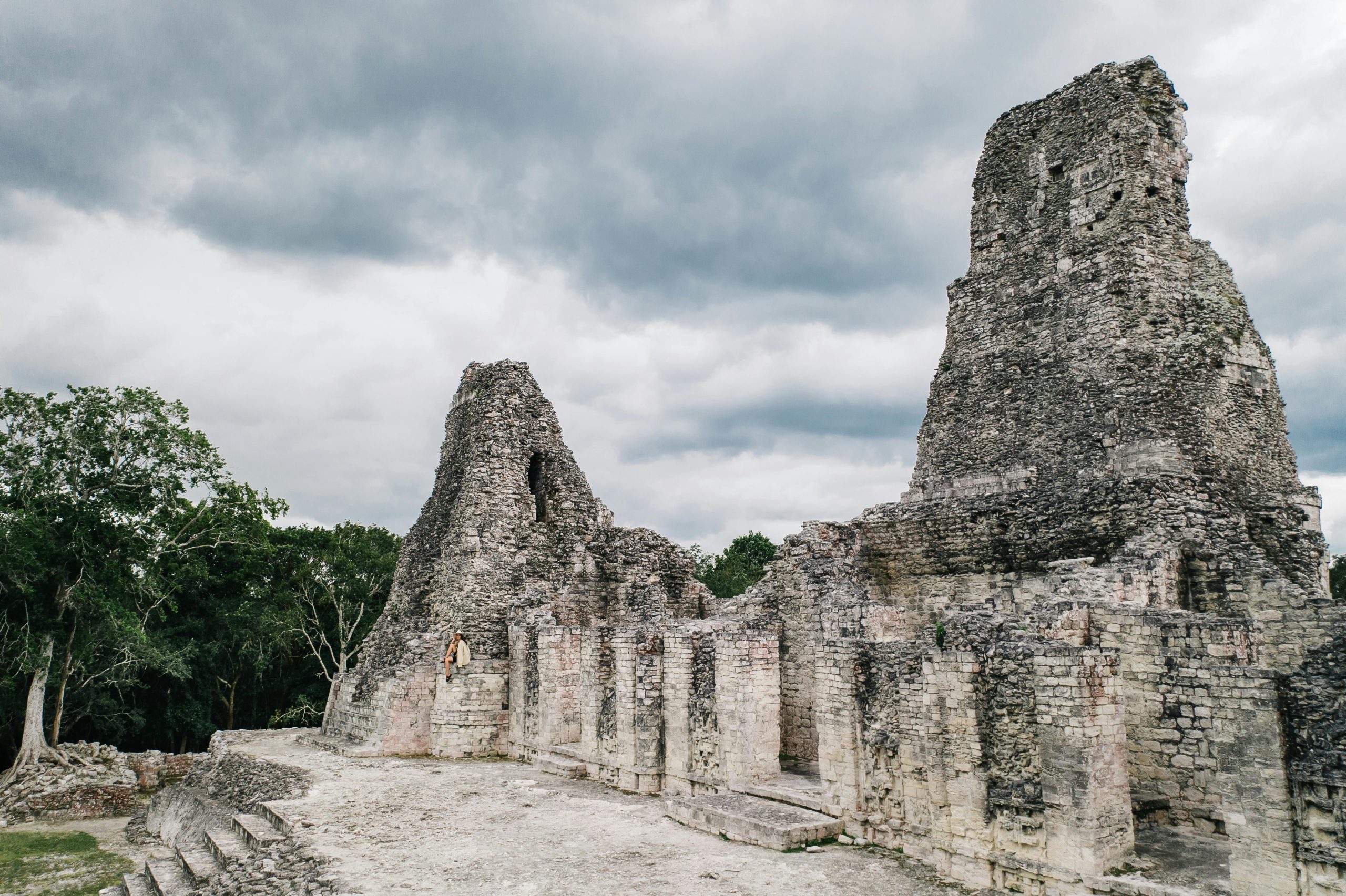In recent years, the concept of Sanctuary Cities has sparked intense debate across the nation, dividing opinion on their role in society. Designed to offer protection and support, these cities aim to create safe havens for undocumented immigrants by limiting cooperation with federal immigration enforcement. As advocates highlight the benefits, including enhanced community safety and social support, critics raise significant concerns about legality and the implications for public safety. This blog post delves into what Sanctuary Cities truly represent, examining both their advantages and the controversies they ignite. By understanding these multifaceted perspectives, we can better navigate the complex landscape surrounding this contentious issue.
Understanding Sanctuary Cities: Definition and Purpose
Sanctuary Cities refer to urban areas that have adopted policies designed to limit cooperation with federal immigration enforcement. The primary objective of these jurisdictions is to foster community trust and ensure that all residents, regardless of their immigration status, feel safe and secure in reaching out for services and assistance. This atmosphere of safety is especially vital for vulnerable populations, allowing them to report crimes, seek healthcare, and access education without the fear of deportation.
The term “sanctuary” does not imply complete immunity from immigration laws; rather, it signifies a commitment to prioritizing local law enforcement resources for community safety instead of federal immigration enforcement. Many cities that identify as Sanctuary Cities implement measures such as prohibiting police from inquiring about an individual’s immigration status or limiting information-sharing with federal authorities.
The purpose behind establishing these policies is multifaceted. Primarily, they aim to promote public safety by encouraging all residents to collaborate with law enforcement, which can lead to reduced crime rates overall. When individuals living in these cities believe that they will not be reported to immigration authorities, they are more likely to forge constructive relationships with local law enforcement, ultimately fostering a more secure environment for everyone.
Additionally, Sanctuary Cities often serve as a proactive response to the broader immigration debate in the United States. By creating safe havens, these municipalities affirm their support for inclusivity and diversity, arguing that the contributions of immigrants are crucial for their local economies and communities. By focusing on the well-being of all residents, regardless of their background, these cities strive to build a more cohesive society that values the importance of community support and protection for all.

The Benefits of Sanctuary Cities: Safety and Community Support
Sanctuary Cities serve as crucial safe havens for undocumented immigrants, offering a variety of benefits that enhance community safety and support. One of the primary advantages is the increased trust between immigrant communities and local law enforcement agencies. In a Sanctuary City, policies often discourage local police from inquiring about an individual’s immigration status. This fosters an environment where residents feel safer reporting crimes or seeking assistance without fear of deportation. In turn, this enhanced cooperation helps law enforcement effectively address crime, leading to lower rates of criminal activity.
Moreover, Sanctuary Cities also contribute to community cohesion by providing vital services and resources. These cities often have established networks of community organizations dedicated to assisting immigrants with essential services such as healthcare, legal representation, and education. This proactive support enhances the well-being of individuals and families, allowing them to integrate more seamlessly into society.
Additionally, these cities champion a diverse culture that enriches the community as a whole. By encouraging the participation of immigrants in local events, educational initiatives, and other civic activities, Sanctuary Cities promote a sense of belonging and inclusivity. This diverse cultural landscape can stimulate local economies, as new businesses and innovative ideas often emerge from immigrant communities.
Finally, the humanitarian aspect of Sanctuary Cities cannot be overlooked. By providing refuge to those fleeing violence, persecution, or poverty, these cities recognize the inherent dignity and rights of all individuals. This commitment to protecting vulnerable populations underscores a compassionate approach to immigration, fostering a sense of shared responsibility among residents. Overall, the benefits of Sanctuary Cities fundamentally enhance community safety, promote support networks, and strengthen the rich tapestry of American society.
Critics of Sanctuary Cities: Concerns and Controversies
The concept of Sanctuary Cities is not without its critics, who raise a multitude of concerns and controversies surrounding their implementation and societal impact. One of the primary arguments against these cities revolves around public safety. Detractors argue that by limiting cooperation with federal immigration authorities, local law enforcement may inadvertently shield individuals with criminal backgrounds from deportation, thereby posing a potential risk to community safety. This concern often fuels heated discussions and leads to broader calls for reform in how cities engage with immigration policies.
Furthermore, critics contend that Sanctuary Cities can strain local resources. Some argue that providing services to undocumented immigrants can divert funds from public services available to citizens, creating perceived disparities in access to education, healthcare, and social services. The viewpoint emphasizes the challenges faced by communities that are already struggling with limited budgets, leading to tensions among residents who may feel their needs are being overlooked.
Another point of contention lies in the legal ramifications associated with adopting sanctuary policies. Opponents argue that these cities may be violating federal law, leading to legal clashes between federal and local authorities. Such conflicts can have far-reaching implications, including potential reductions in federal funding for cities that choose to remain sanctuary jurisdictions. Additionally, the legal landscape surrounding immigration remains complex and contentious, leading to further uncertainties for both residents and lawmakers.
Moreover, the narratives surrounding Sanctuary Cities often become intertwined with political agendas. Critics assert that some politicians exploit these polarizing discussions to rally support or create a sense of urgency around immigration issues, which can overshadow the essential human aspects involved. These complex dynamics often create an environment where rational debate becomes overshadowed by fear, misinformation, and sensationalism.
In summary, the debate surrounding Sanctuary Cities encapsulates a range of valid concerns, from public safety and resource allocation to legal implications and political motivations. As communities navigate these multifaceted issues, it’s essential to consider the diverse perspectives that contribute to this ongoing discourse.
Frequently Asked Questions
What are sanctuary cities and how do they operate?
Sanctuary cities are municipalities that adopt local policies to limit cooperation with federal immigration enforcement. These cities often prioritize community safety and social services over strict adherence to federal immigration laws. By implementing policies that shield undocumented immigrants from deportation, these cities aim to create an environment where all residents feel secure in reporting crimes and accessing resources without fear of immigration repercussions. This framework is often seen as a means to foster inclusivity and promote public safety.
What are the arguments for and against sanctuary cities?
Supporters of sanctuary cities argue that these places enhance public safety by allowing undocumented immigrants to report crimes without fear of deportation, which fosters trust between these communities and law enforcement. Proponents also claim that these policies facilitate better integration of immigrants into society, benefiting the economy and cultural diversity. Conversely, opponents argue that sanctuary cities undermine federal law, potentially enable criminal activities, and create risks for local communities. They contend that these policies can attract more undocumented immigrants and strain public resources.
How do sanctuary city policies affect local law enforcement practices?
Sanctuary city policies significantly impact local law enforcement by providing guidelines on how officers interact with undocumented immigrants. In these cities, police are typically instructed to avoid asking individuals about their immigration status unless it directly pertains to a criminal investigation. This approach allows law enforcement to focus on crime prevention and community relations rather than immigration control. However, critics argue that this can lead to tensions with federal immigration authorities and raise concerns about the processing and detention of undocumented immigrants.
